
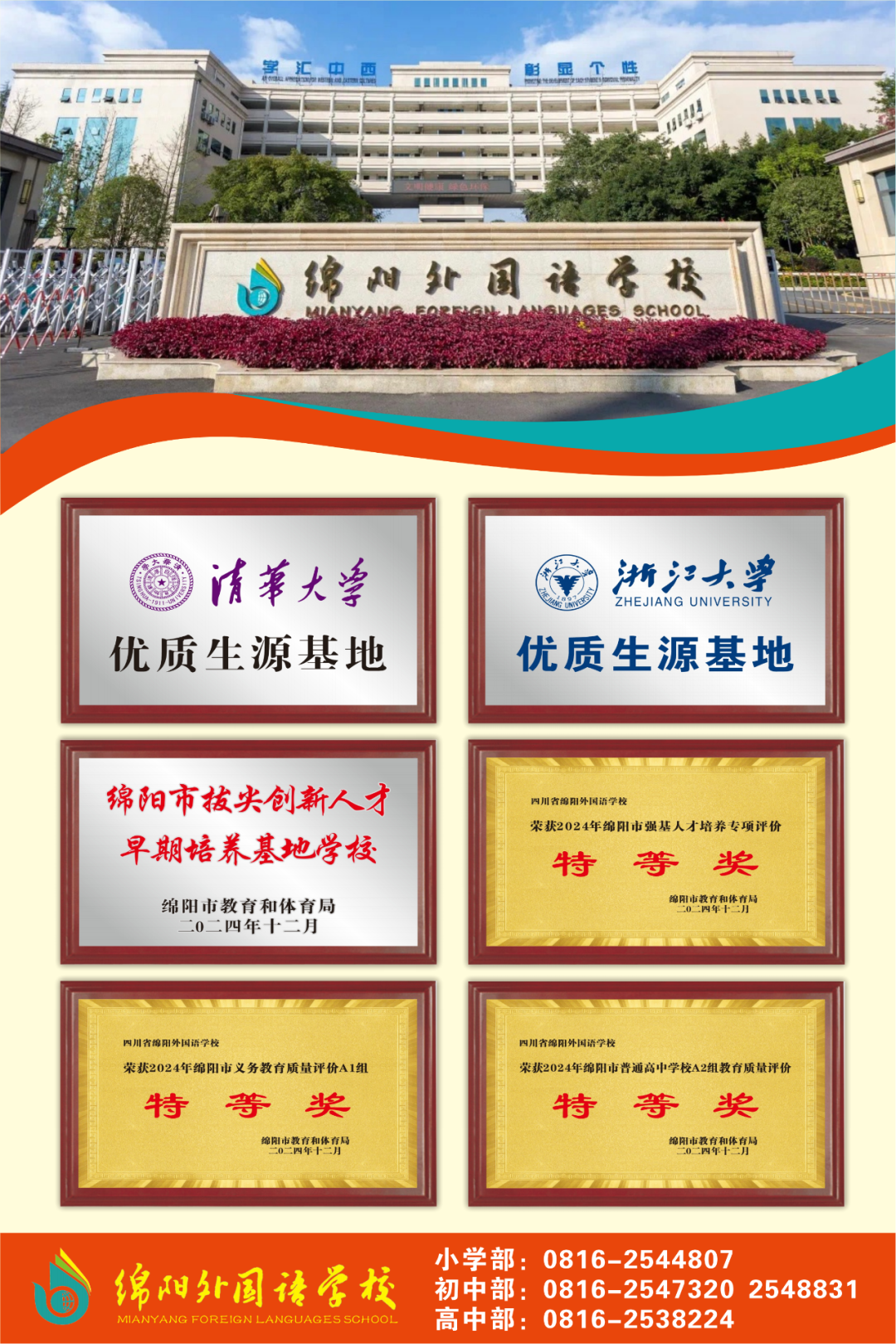

In response to the national strategy for the development of artificial intelligence and to cultivate innovative talents for the new era, Mianyang Foreign Language School has officially integrated AI courses into the regular curriculum for the third grade this semester. At the same time, the school has launched premium courses in AI robotics, laser engraving, 3D production, and humanoid robots, establishing a comprehensive “AI+” innovation curriculum system that spans all educational stages, marking the school’s entry into the 2.0 era of technological innovation education.
1. Comprehensive Upgrade of the Curriculum System
Artificial Intelligence Rooted in the Classroom: The ‘Banshan Smart Box’ Solves Teaching Challenges
Entering the third-grade classroom, students are using a kit resembling a “magic treasure box” to learn about artificial intelligence. This is the “Banshan Smart Box,” an Arduino-based integrated teaching tool developed by our teachers. To address the common issues faced by elementary students, such as the loss of components and complex wiring during hands-on practice, the curriculum team innovatively designed the kit by integrating various components, effectively managing the components used in project-based teaching and further stimulating students’ interest in learning.
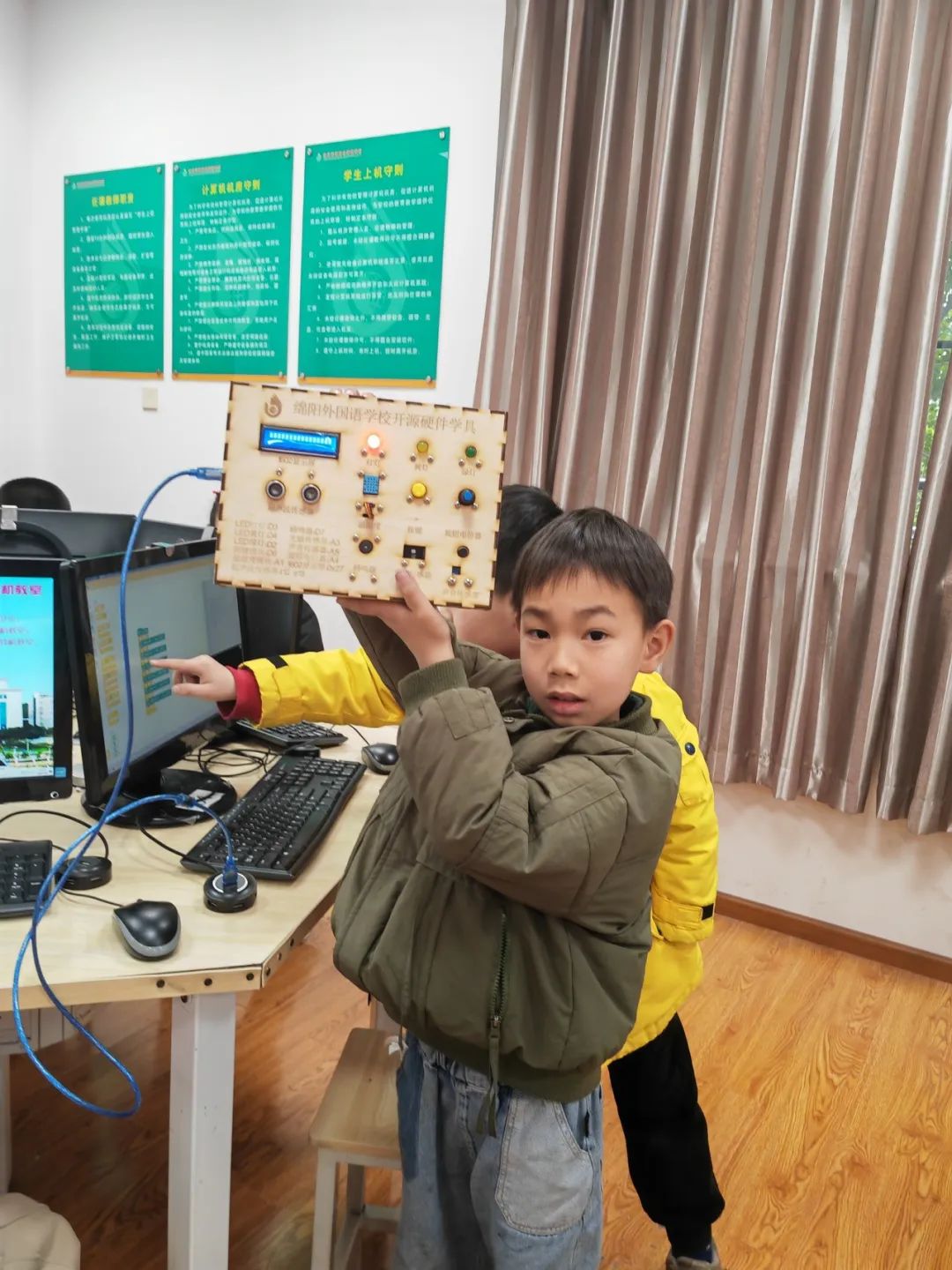
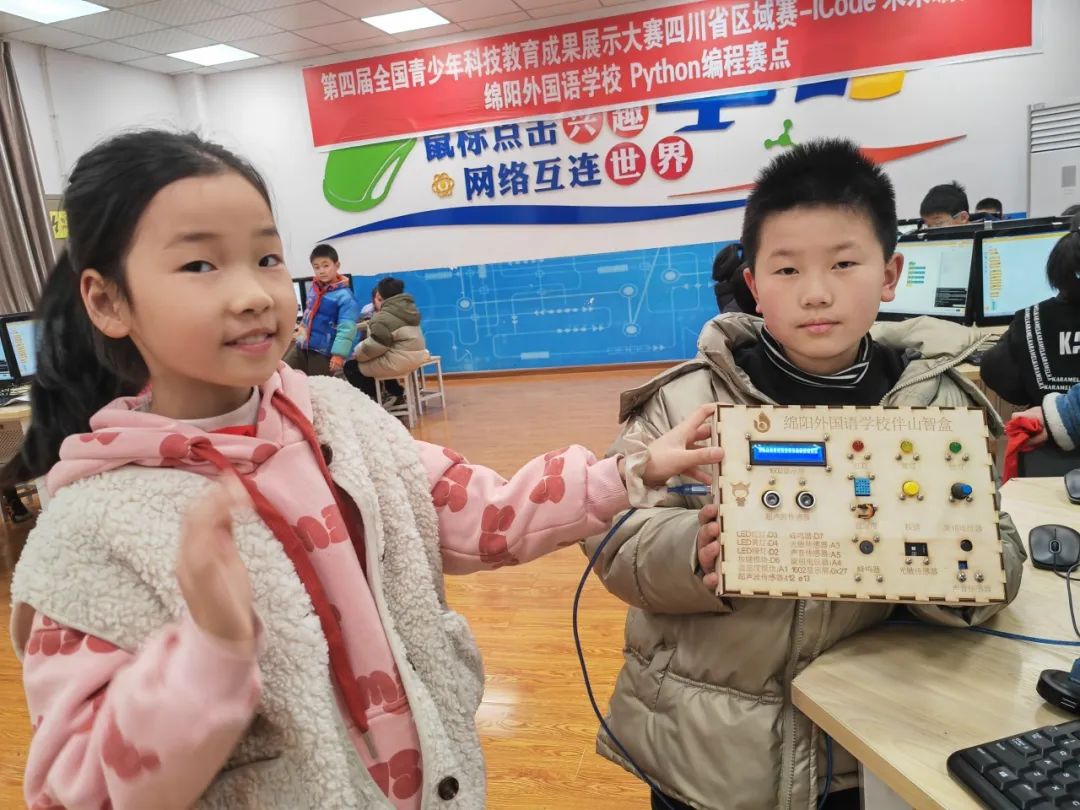
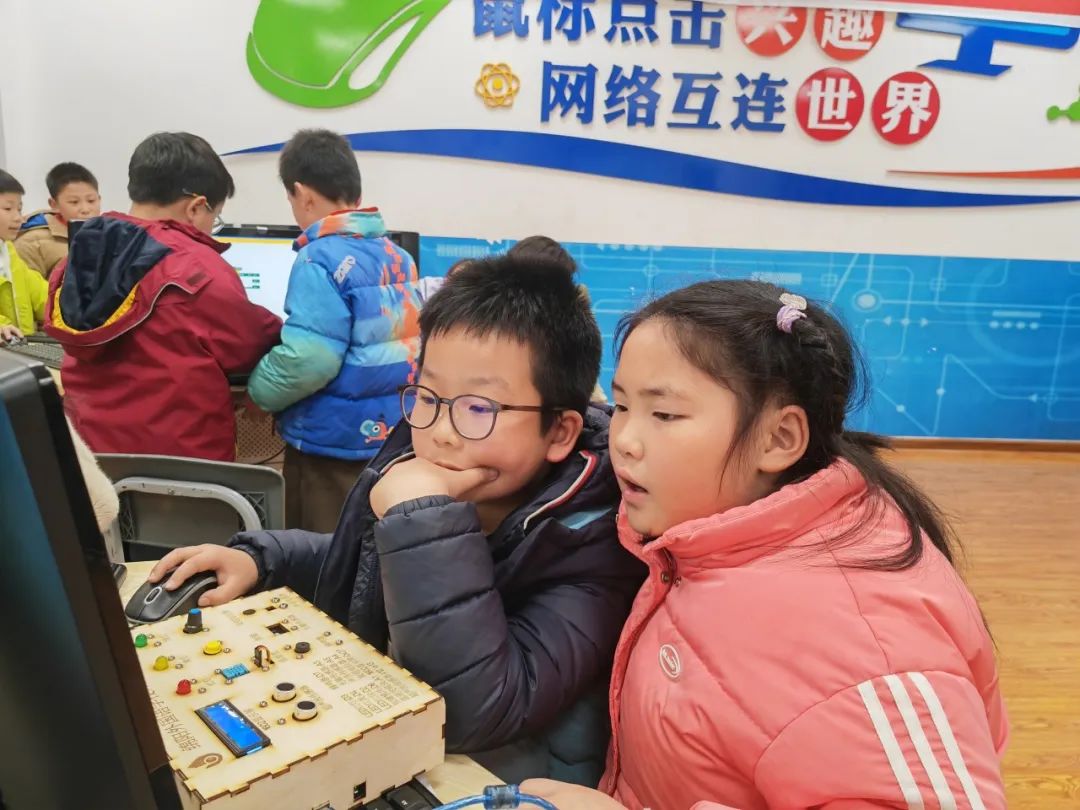 The ‘Banshan Smart Box’ has undergone modular reconstruction, transforming 12 types of commonly used sensors, actuators, and structural components for educational purposes: Functional integration: a four-in-one module combining temperature and humidity, light, sound sensing, and a rotary potentiometer, supporting plug-and-play connections; Safety protection: a protective cover made with laser engraving to prevent accidental contact with USB ports and electronic component pins; Cultural empowerment: the appearance of the teaching tool incorporates the school’s Banshan culture, and the task cards are designed as “challenge codes.”
The ‘Banshan Smart Box’ has undergone modular reconstruction, transforming 12 types of commonly used sensors, actuators, and structural components for educational purposes: Functional integration: a four-in-one module combining temperature and humidity, light, sound sensing, and a rotary potentiometer, supporting plug-and-play connections; Safety protection: a protective cover made with laser engraving to prevent accidental contact with USB ports and electronic component pins; Cultural empowerment: the appearance of the teaching tool incorporates the school’s Banshan culture, and the task cards are designed as “challenge codes.”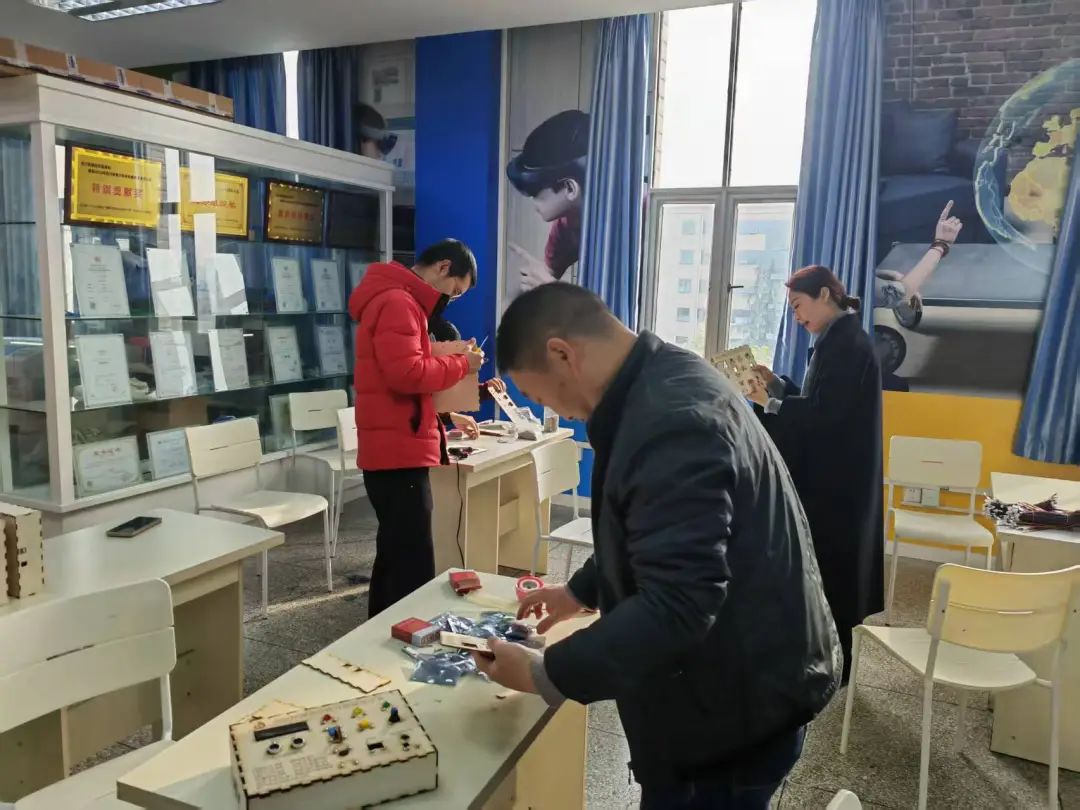 Students use the ‘Banshan Smart Box’ to collect environmental data through sensors and write programs to control device responses, gaining an understanding of the basic principles of artificial intelligence through practice. We choose open-source platforms like Arduino and engage in practical projects such as smart irrigation and voice recognition, allowing children to intuitively experience how AI changes the world. Unlike traditional information technology classes, the new curriculum emphasizes “learning by doing,” with each unit containing three major modules: hardware assembly, program writing, and data training. Students naturally grasp cutting-edge technology concepts such as machine learning and the Internet of Things while completing projects like smart homes and intelligent farms.
Students use the ‘Banshan Smart Box’ to collect environmental data through sensors and write programs to control device responses, gaining an understanding of the basic principles of artificial intelligence through practice. We choose open-source platforms like Arduino and engage in practical projects such as smart irrigation and voice recognition, allowing children to intuitively experience how AI changes the world. Unlike traditional information technology classes, the new curriculum emphasizes “learning by doing,” with each unit containing three major modules: hardware assembly, program writing, and data training. Students naturally grasp cutting-edge technology concepts such as machine learning and the Internet of Things while completing projects like smart homes and intelligent farms.
2. Formation of the Innovation Curriculum Matrix
Meeting Personalized Development Needs
In addition to the mandatory artificial intelligence courses, the school’s key focus on the “Future Engineer” innovation curriculum has garnered widespread attention:
AI Robot Assistant: Based on Raspberry Pi, students can connect to large models like DeepSeek, iFlytek Spark, and Doubao to perform intelligent tasks such as knowledge base Q&A, voice-generated images, AI live recognition, and English pronunciation assessment.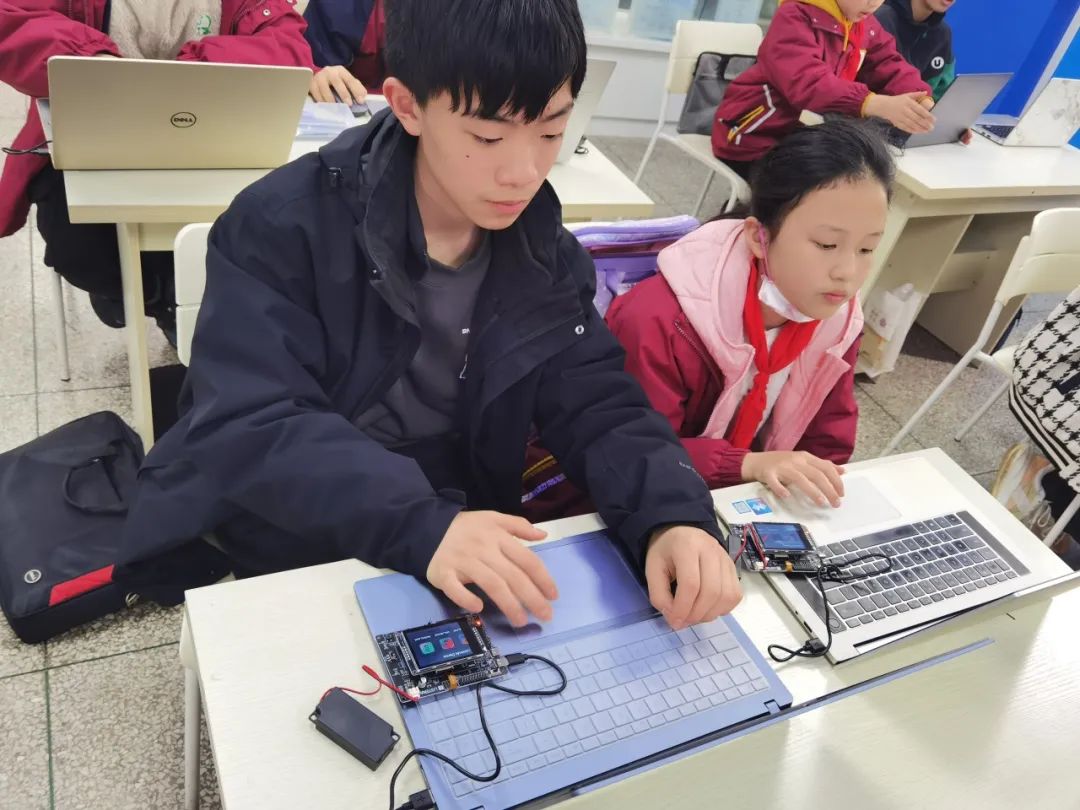
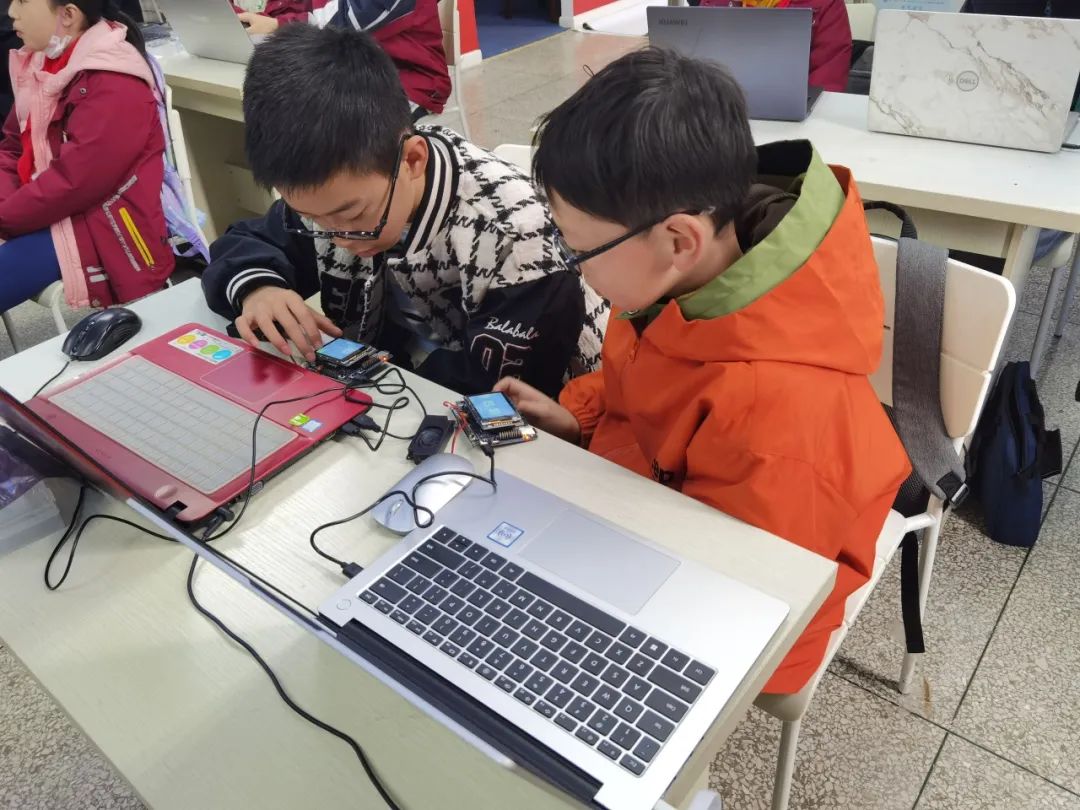 Digital Manufacturing Workshop: Integrating laser engraving and 3D printing technology, providing a complete experience of the intelligent manufacturing process from design modeling to finished product production;
Digital Manufacturing Workshop: Integrating laser engraving and 3D printing technology, providing a complete experience of the intelligent manufacturing process from design modeling to finished product production;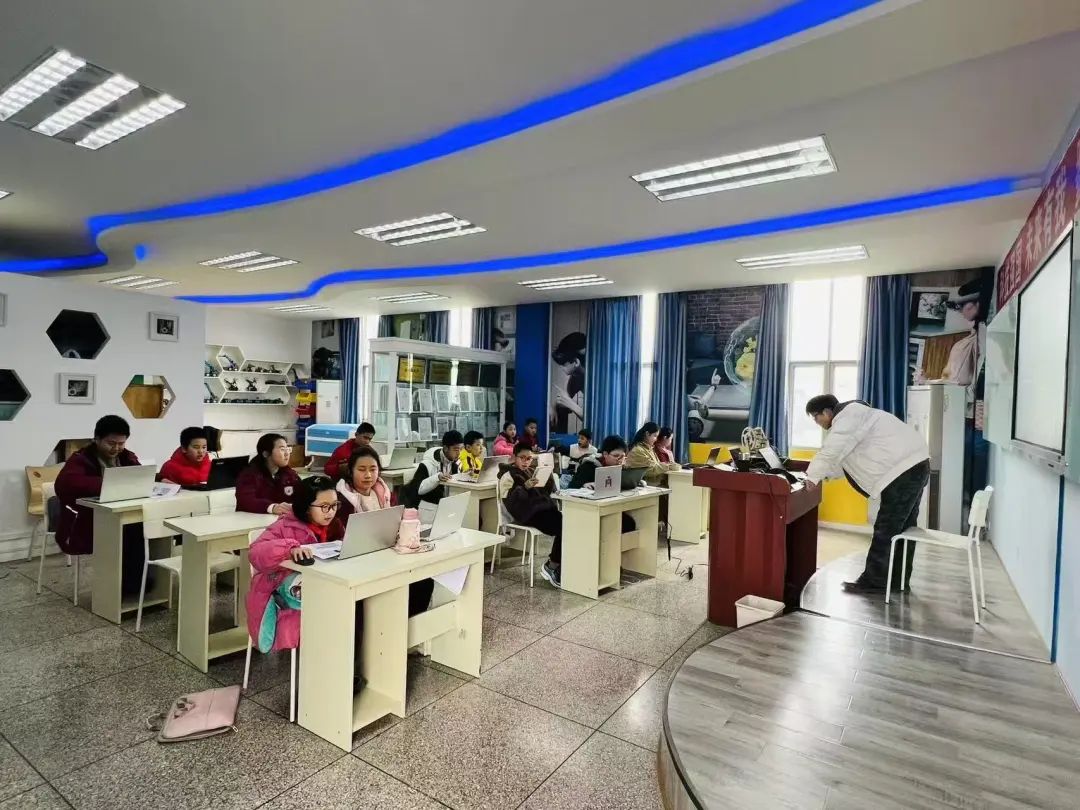
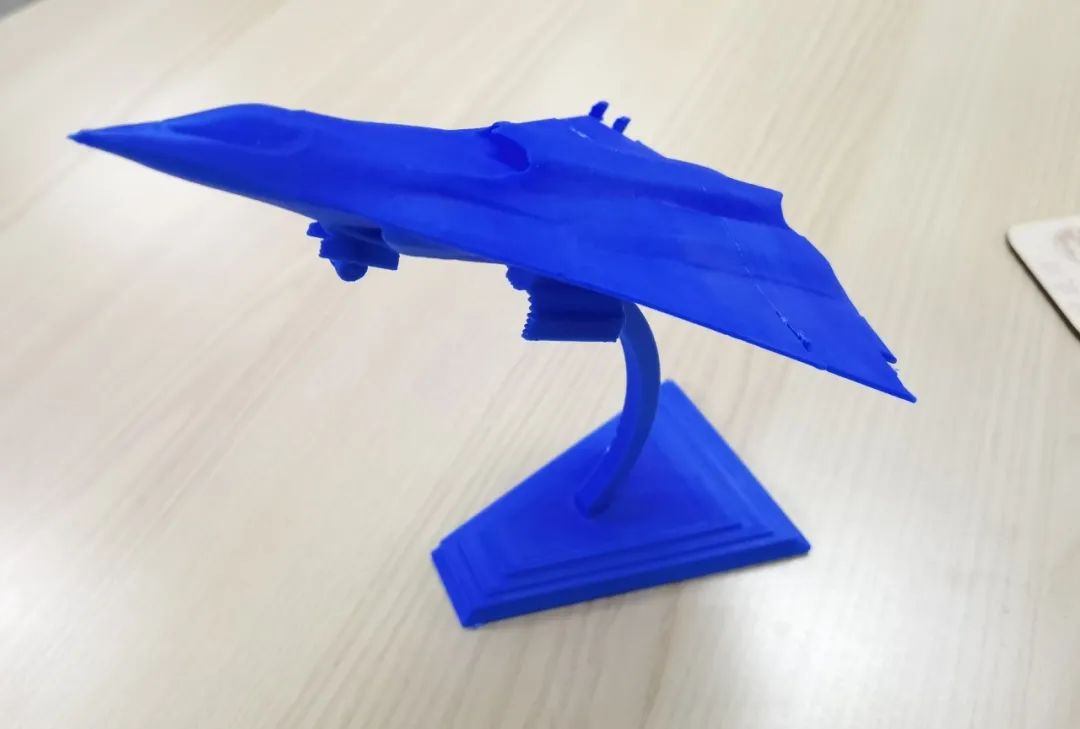
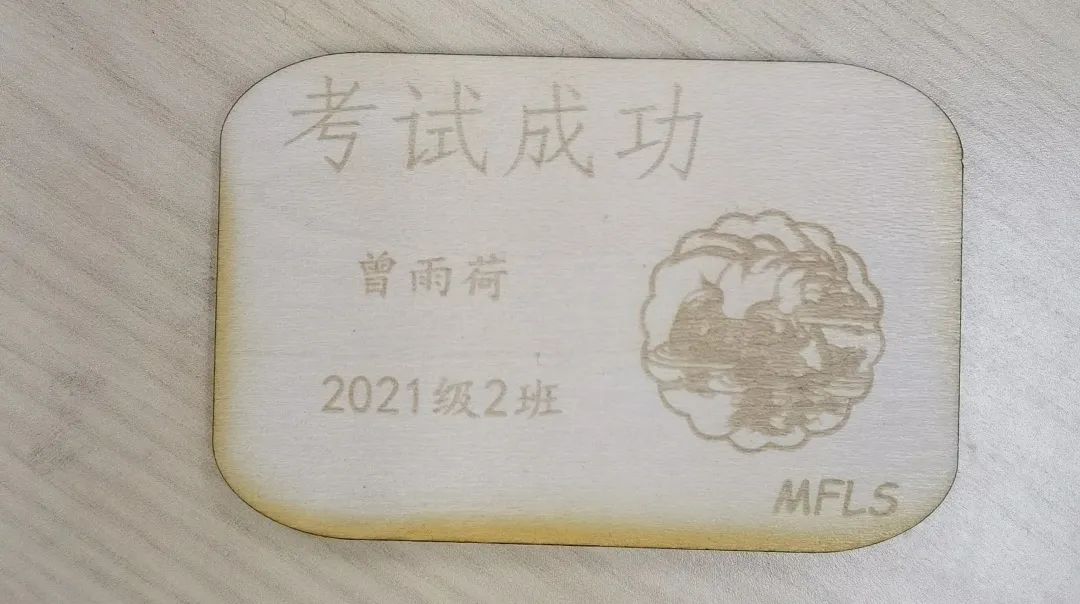 Humanoid Robot Challenge Camp: Programming to control biped robots to complete dance choreography and obstacle course challenges.
Humanoid Robot Challenge Camp: Programming to control biped robots to complete dance choreography and obstacle course challenges.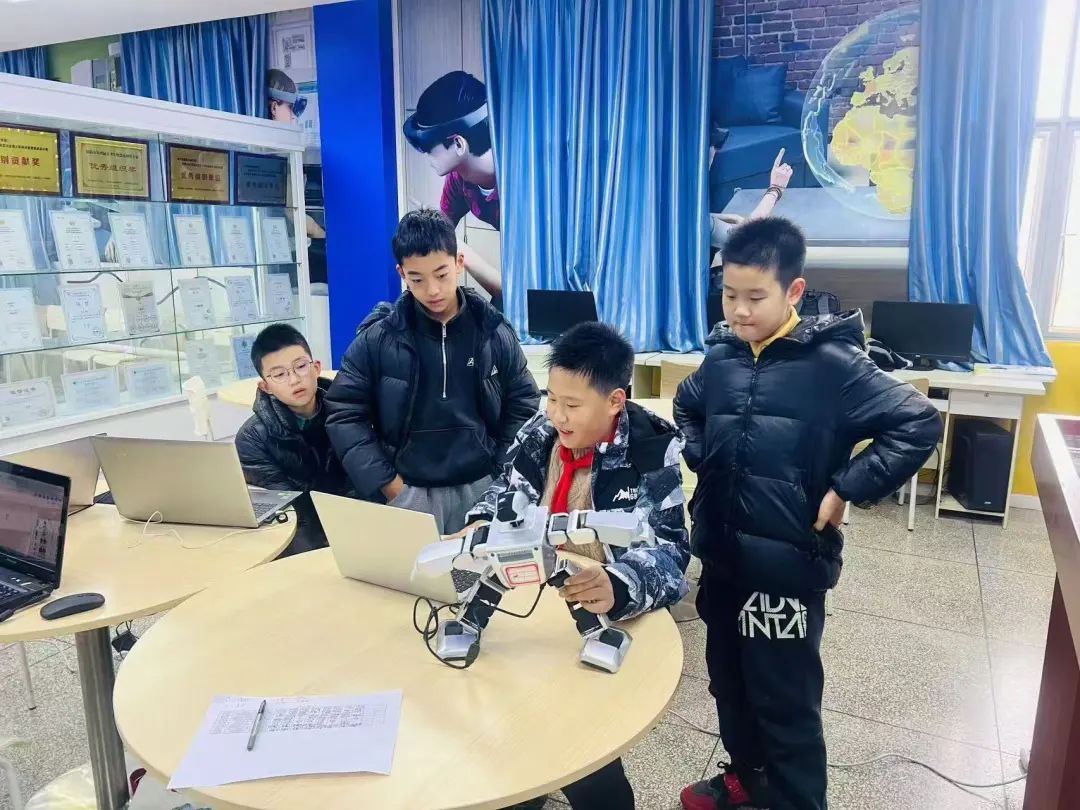 These courses are organically connected with courses in graphical programming, Python, C++ algorithms, drones, and open-source hardware. Recently, the school will launch an inquiry-based project curriculum system centered around smart farms and campus wind tunnels, deeply integrating knowledge from disciplines such as the Internet of Things and engineering mechanics. Through collaborative laboratory construction involving families and communities, and interdisciplinary teaching with multiple teachers, the school aims to integrate high-quality resources from both inside and outside the school. At the same time, it will promote cutting-edge projects such as drone formation algorithms and smart wearable device development, establishing a three-tiered training mechanism of “enlightenment-advancement-innovation” to form a cross-disciplinary practical ecosystem and build a tiered training system for top innovative talents.
These courses are organically connected with courses in graphical programming, Python, C++ algorithms, drones, and open-source hardware. Recently, the school will launch an inquiry-based project curriculum system centered around smart farms and campus wind tunnels, deeply integrating knowledge from disciplines such as the Internet of Things and engineering mechanics. Through collaborative laboratory construction involving families and communities, and interdisciplinary teaching with multiple teachers, the school aims to integrate high-quality resources from both inside and outside the school. At the same time, it will promote cutting-edge projects such as drone formation algorithms and smart wearable device development, establishing a three-tiered training mechanism of “enlightenment-advancement-innovation” to form a cross-disciplinary practical ecosystem and build a tiered training system for top innovative talents.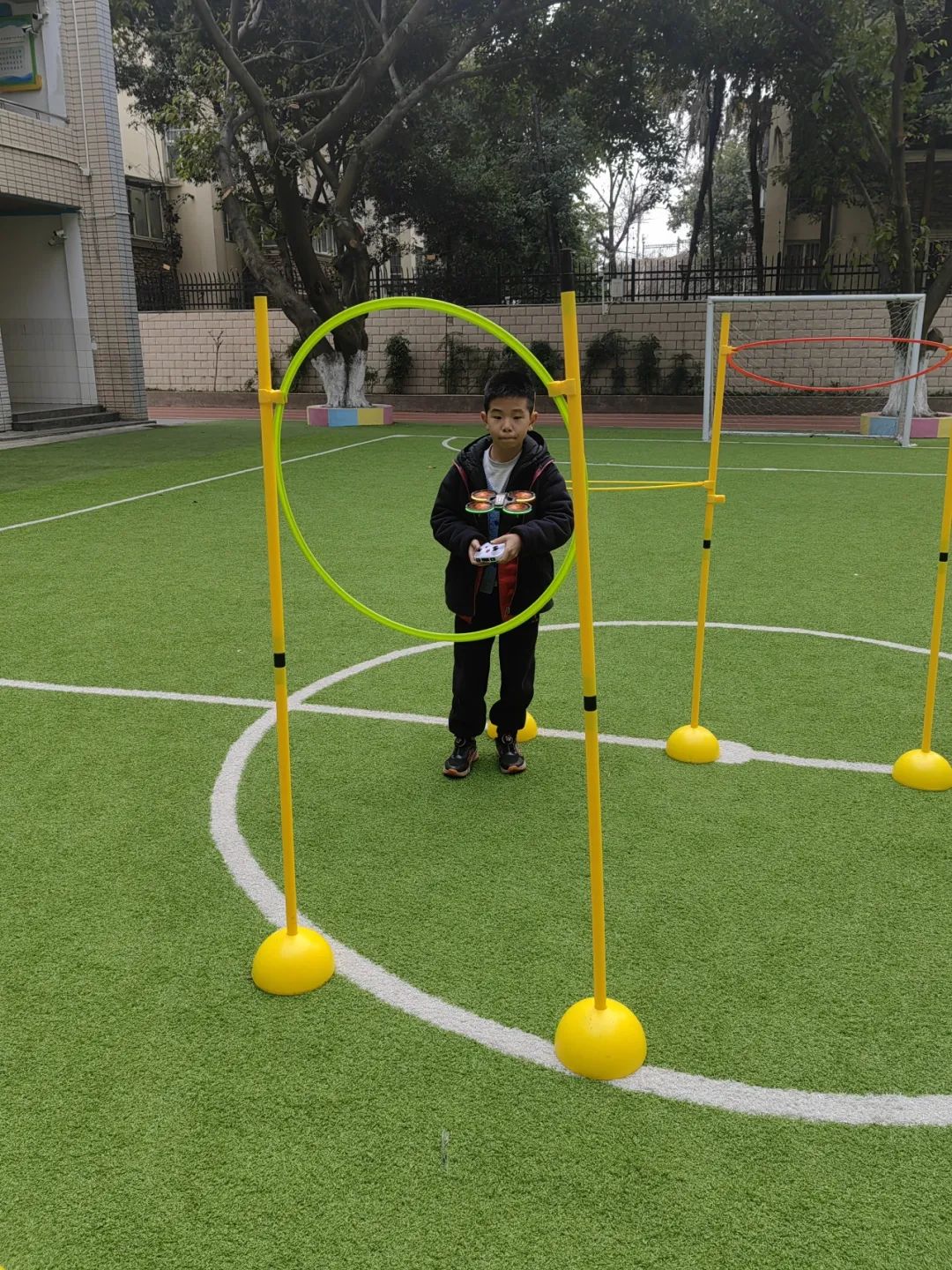 Artificial intelligence is not an unattainable black technology, but a fundamental literacy of the new era. Through curriculum reconstruction, we break down disciplinary barriers, allowing every child to find their own path to innovation. As the innovation curriculum at Mianyang Foreign Language School deepens, seeds of innovation and the future are quietly sprouting here. Mianyang Foreign Language School is actively exploring the infinite possibilities of technology innovation education with “AI+” as the focus, writing vivid annotations for cultivating future citizens with digital thinking and creativity.
Artificial intelligence is not an unattainable black technology, but a fundamental literacy of the new era. Through curriculum reconstruction, we break down disciplinary barriers, allowing every child to find their own path to innovation. As the innovation curriculum at Mianyang Foreign Language School deepens, seeds of innovation and the future are quietly sprouting here. Mianyang Foreign Language School is actively exploring the infinite possibilities of technology innovation education with “AI+” as the focus, writing vivid annotations for cultivating future citizens with digital thinking and creativity.
Written by: Li Pingtao
Images: Information Center
Initial Review: Zhang Wei
Editor: Ye Huaqiang
Final Review: Chen Hao

Highlights
· Warmth of Respect for the Elderly: Continuing the Legacy of Kindness | Mianyang Foreign Language School Conducts a Visit to the Social Welfare Institute on the Anniversary of Learning from Lei Feng· Spring Breeze Brings Warmth, Celebrating the Power of “Her” | Mianyang Foreign Language School’s 2025 International Women’s Day Role Models· 【International Women’s Day】 Meeting Spring, Encountering the Most Beautiful Self

